
If you’re planning to explore the Dolomites but want to venture beyond the well trodden paths of Cortina and Val Gardena, then you need to add the small picturesque town of San Martino di Castrozza to your itinerary. It’s surrounded by the Pale di San Martino mountains, an often overlooked but absolutely beautiful region of the Southern Dolomites. The area is covered in stunning hiking trails, epic via ferrata routes and secluded mountain refuges. The scenery is nothing short of incredible, making it one of my personal favourite hiking destinations in northern Italy.
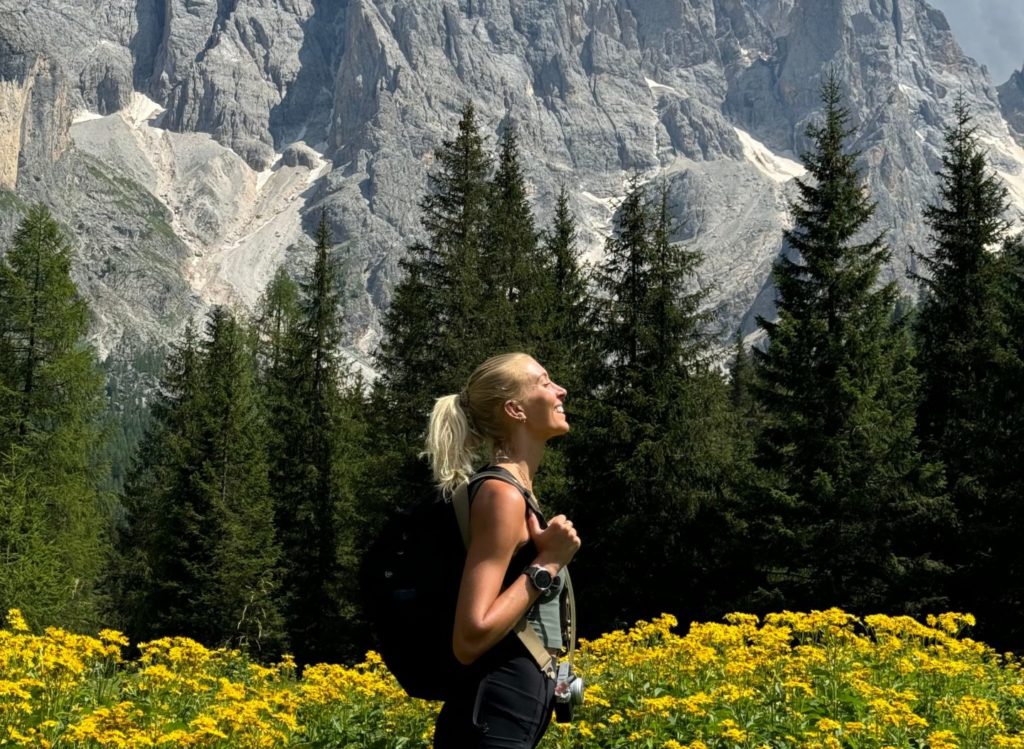
Late June to late September.
Three full days is the perfect amount of time.
There are a whole range of accommodation options from airbnbs, to guesthouses and hotels. I recommend Chalet Bra delle Nasse and Cima Rosetta.
The nearest airport is Venice, from there you can pick up a rental car and drive to San Martino di Castrozza in a couple of hours.
I highly recommend renting a car, especially if you want to continue on and explore other areas of the Dolomites on your trip.
San Martino di Castrozza is slightly cheaper than more well known Dolomites towns, but it still isn’t affordable by any means. Costs can quickly add up with accommodation, car rental, cable cars and ski lifts. I recommend budgeting accordingly.
If there is one hike you do in the region, make it this. It takes you right through the heart of the Pala mountain range, passing by two incredible mountain huts along the way. The scenery is ever changing with vast moonscapes, rugged towers and green pastures. It honestly is the gift that keeps on giving! Although, it is worth noting that there is a substantial secured section of trail (with cables). This can be easily completed without any equipment but if you are scared of heights, I recommend taking some via ferrata gear with you.
All I can say about this hike is WOW. The scenery is just breathtaking the whole way along the trail, with the views becoming more and more epic as the hike unfolds. I was honestly blown away! It starts in the Val Venegia valley, which is a slice of alpine heaven, and then ascends up to Rifugio Volpi Al Mulaz, a remote mountain hut nestled between dramatic peaks. I recommend going a little further than the Rifugio to either conquer Mulaz summit or Sasso Arduini if you have the energy and the weather allows.

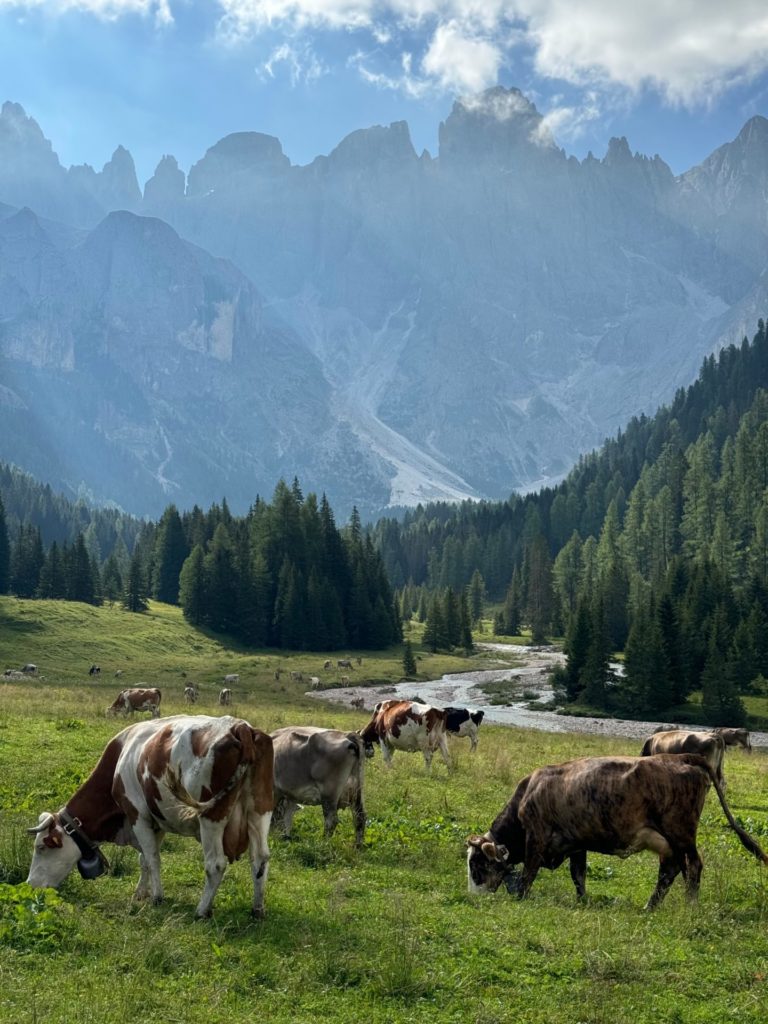
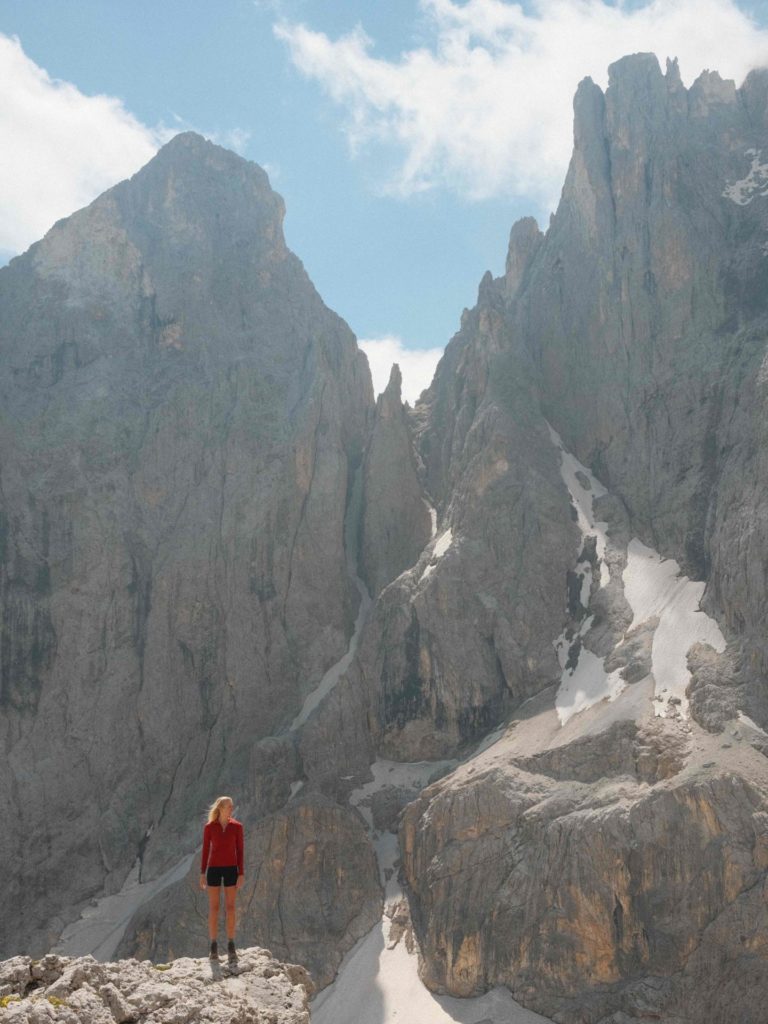
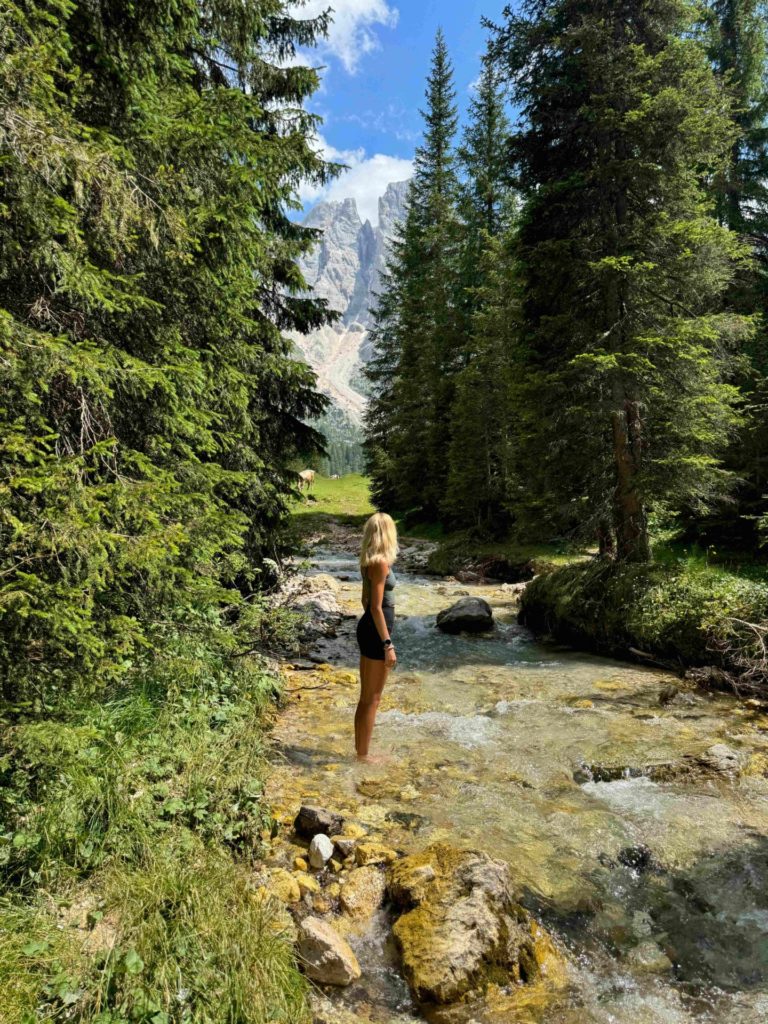
This is slightly more gentle, family friendly and easy to access hike, which can therefore get super busy. It is totally worth battling the crowds as you are rewarded with stunning views for your efforts. However, I do recommend completing the trail early in the morning or later in the afternoon if you are seeking solitude. The hike starts at Passo Rolle and takes in multiple mountain huts, scenic ridges, alpine lakes and even a summit! If you’re looking for a sunset spot, this route provides the perfect opportunity to take in the Pale di San Martino peaks lit up in the golden evening light.
Now I know this isn’t a hike, but I simply have to mention this via ferrata climbing route. It is perhaps my favourite one in the whole of the Dolomites, and that’s saying something! The views are absolutely mind-blowing the whole way through both the ascent and descent. The climbing itself isn’t technically too challenging, but I would still categorise this as an advanced via ferrata due to the long approach, climb and return journey. Don’t underestimated it, it’s a serious test of stamina and strength. But you are rewarded for your efforts with an incredible, beautiful and remote experience in the heart of the Pale di San Martino.
Distance: 8.5km
Elevation Gain: 1250m
Difficulty: Advanced
Where To Eat: Rifugio Rosetta (it serves some of the best food in the Dolomites).
Climb Info: Here.
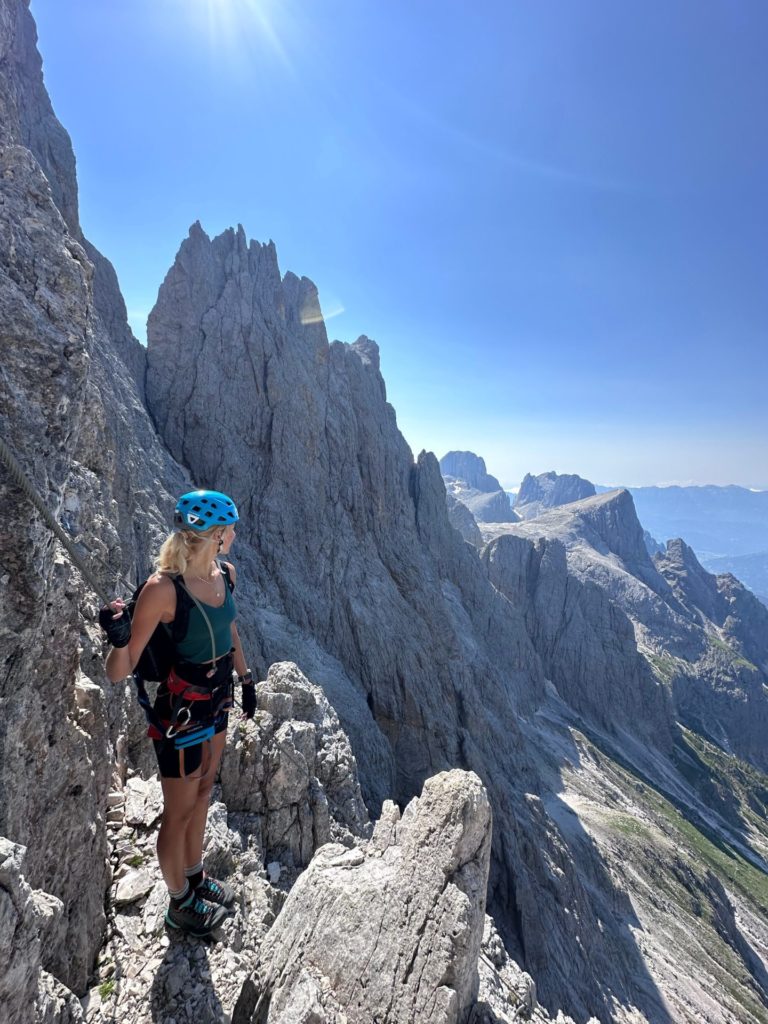
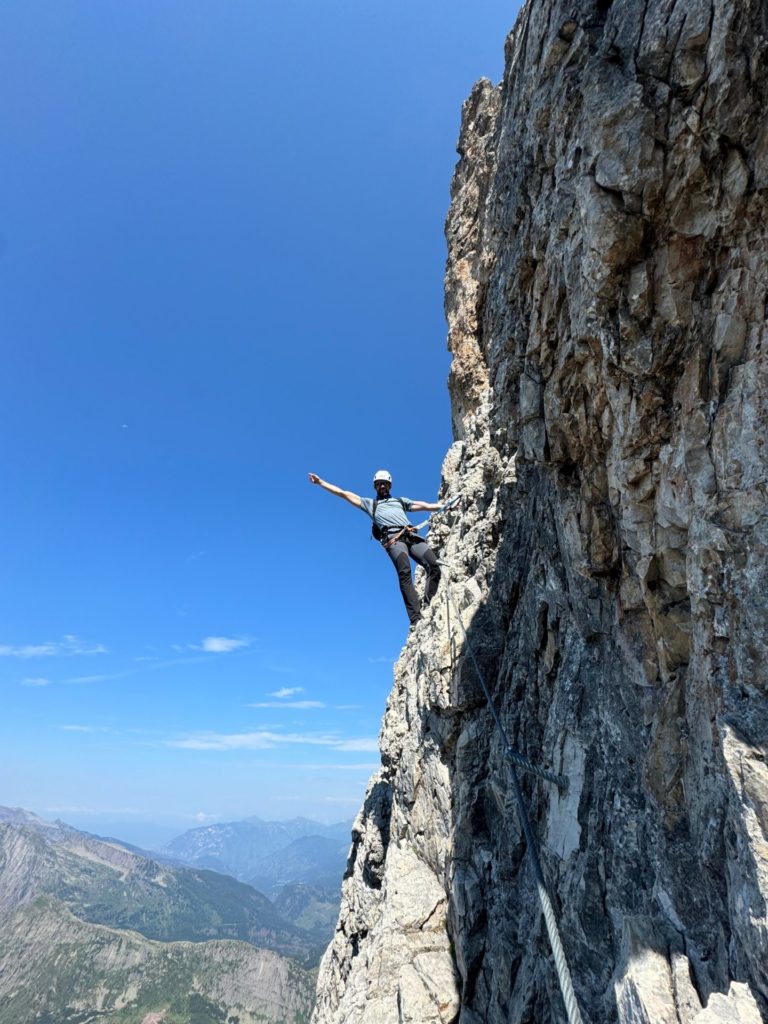
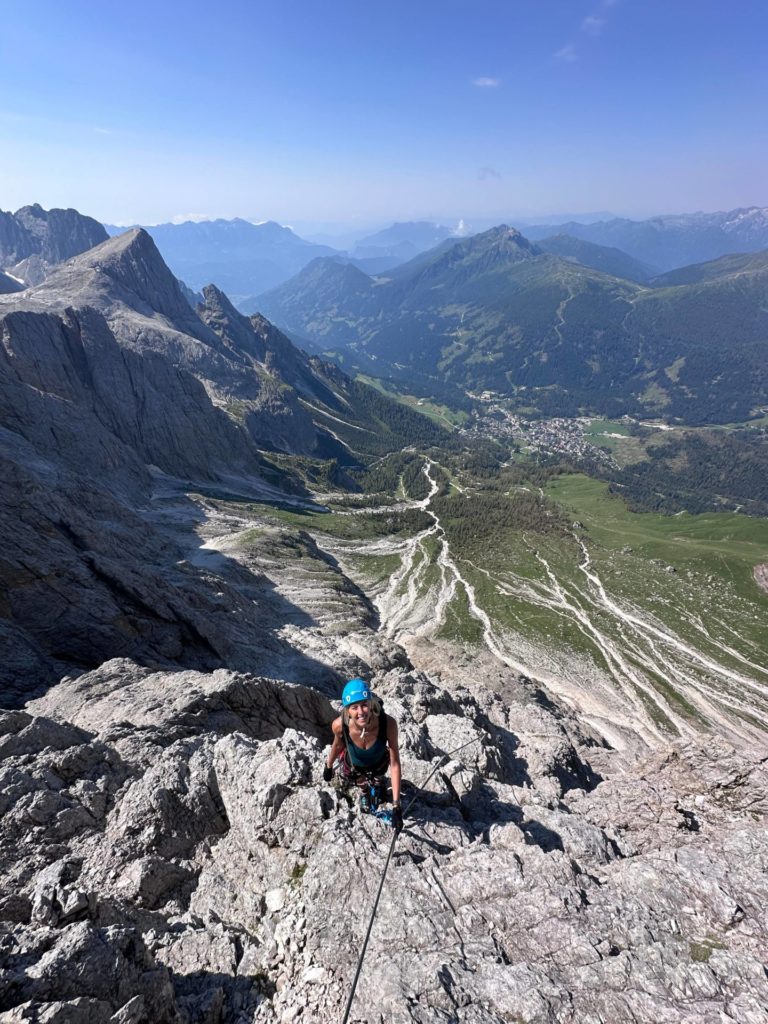
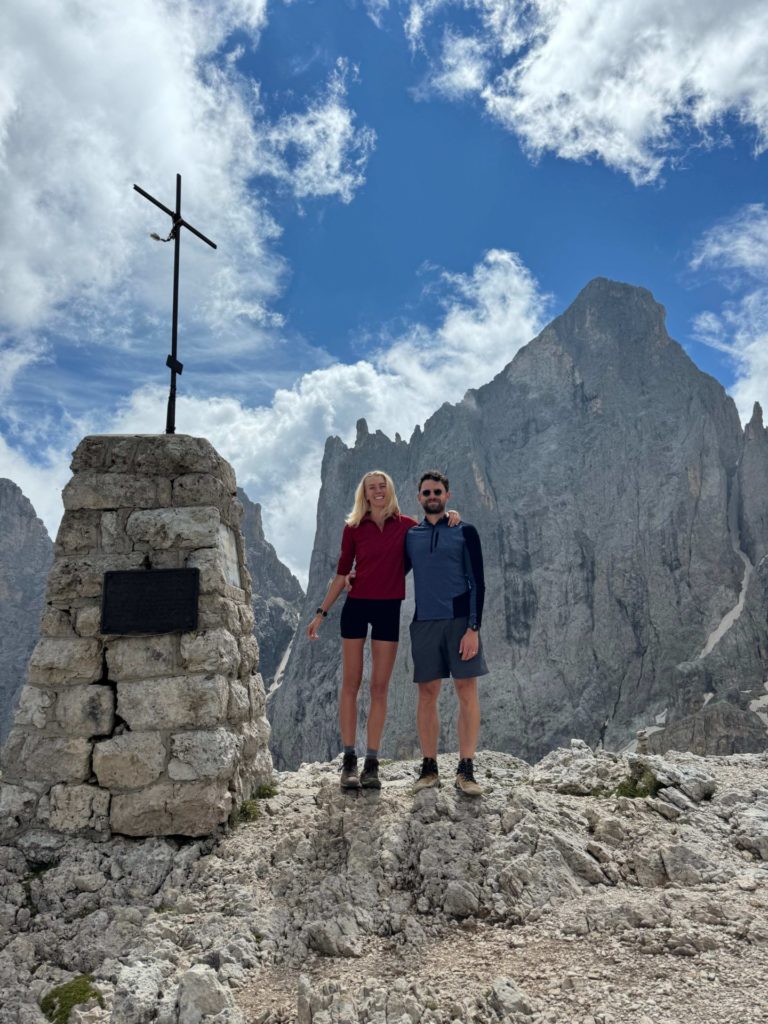
If you want to experience a multi-day hike in the Dolomites then I can recommend the Palaronda Trek through the Pale di San Martino. This is a four-day route through the heart of the mountain group, staying at different refuges each night, the perfect way to completely immerse yourself in the region.
Safe travels,
Zanna x
Let me slide into your inbox. A monthly newsletter of all the good stuff – latest posts and videos, rants and rambles, recommendations and resources.
Website Designed by Brogan Daisy Digital © Zanna Van Dijk 2025